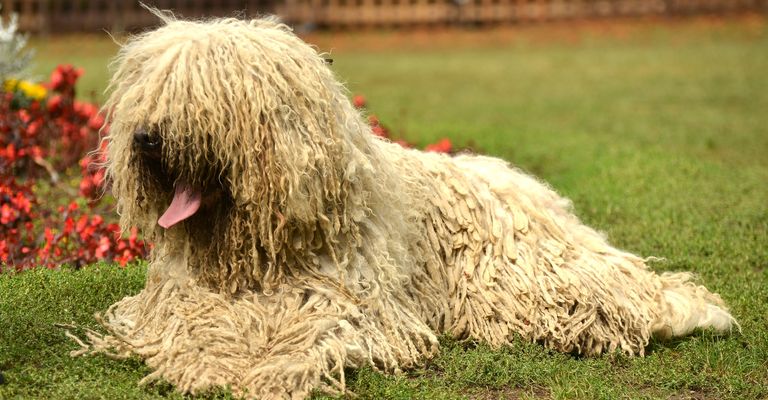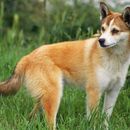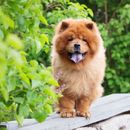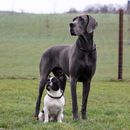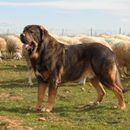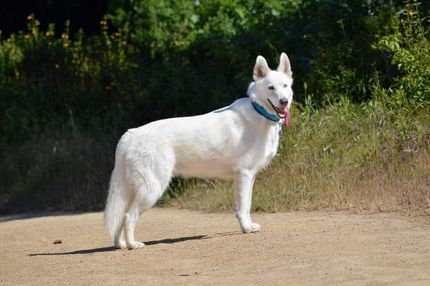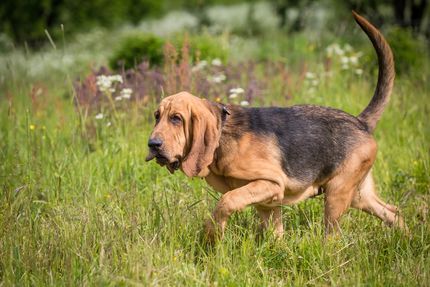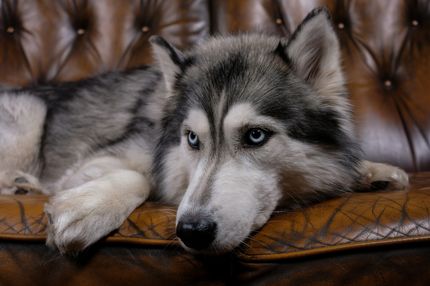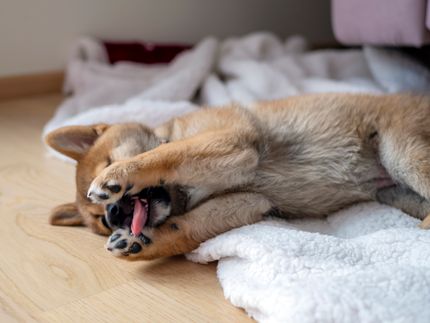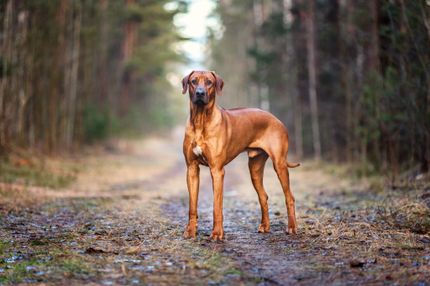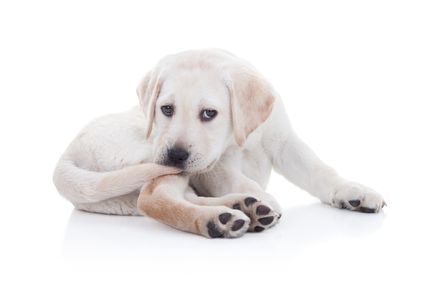The "mop dog" is a colloquial term for dog breeds such as the Puli or the Komondor, which are often compared to pugs or mops because of their unique coats. The fur of these dogs develops into long, rope-like strands that resemble dreadlocks.
Dreadlocks are strands of matted hair that are usually tight-fitting and cylindrical. Wearing dreadlocks has different meanings in different cultures and is often associated with spiritual or religious beliefs.
The tradition of dreadlocks dates back thousands of years and can be traced in many cultures around the globe, including ancient Egyptian, Biblical, African and Asian cultures. In the Rastafarian movement, which originated in Jamaica in the 1930s, dreadlocks are a symbolic feature. They represent the lion's mane look of Haile Selassie, a former emperor of Ethiopia whom Rastafarians revere as a messianic figure. However, in many cultures, dreadlocks can also be worn simply as a style or fashion choice, with no deeper meaning.
The matted, rope-like appearance of dreadlocks resembles the fur of dog breeds such as the Puli or Komondor. It is important to emphasize that the fur of these dogs grows naturally into this shape, without human intervention. Thus, they are natural "dreadlocks" that help animals protect themselves from extreme weather conditions and in some cases serve as camouflage.
3 Mop dogs - dreadlocks fur in dogs
The association between the fur of these dogs and the dreadlocks of humans is mainly visual. When you see a Puli or Komondor, its coat immediately reminds you of the dreadlocks worn by humans. Therefore, the term "mop dog" is often used to humorously describe the similarity of the fur of these dogs to a mop or mop.
1. Comondor
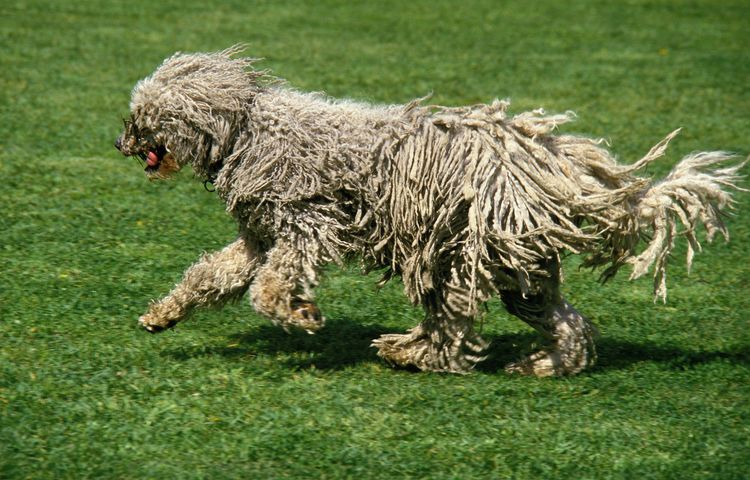
The Komondor is an impressive dog breed that originated in Hungary and is often referred to as the "Hungarian Shepherd Dog". Like the Puli, the Komondor was used as a herding dog, but mainly to protect flocks of sheep from predators, rather than herding the sheep themselves.
The most striking feature of the Komondor is its unique, cord-like coat. Compared to the Puli, the Komondor is a much larger dog, but its coat shares many of the same characteristics:
Dense cords: The Komondor's coat felts in long, dense strands or cords similar to the Puli's coat. Like the Puli, this coat is the result of a mixture of topcoat and undercoat that tends to mat and form long strands.
Protection: the Komondor's dense cords provide excellent protection from the elements, whether in cold winter weather or scorching summer heat. The coat acts as an insulator, protecting the dog from extreme temperatures.
Camouflage and Defense: The matted coat helped the Komondor camouflage itself among sheep, acting as a surprise element against predators. In addition, the thick coat provides protection from attack, as it is difficult to bite or scratch through the dense cords.
Low maintenance: the Komondor's matted coat requires surprisingly little maintenance. As with the Puli, the natural matting of the coat helps reduce the need for grooming, as it does not require regular brushing or combing.
One potential problem with the Komondor's thick, corded coat, similar to the Puli, is drying time after getting wet. The coat can trap moisture, which can lead to an unpleasant odor or even skin problems if the dog is not dried properly. Therefore, it is important to make sure that when the Komondor gets wet, it dries thoroughly and is checked regularly for skin problems.
2. Puli
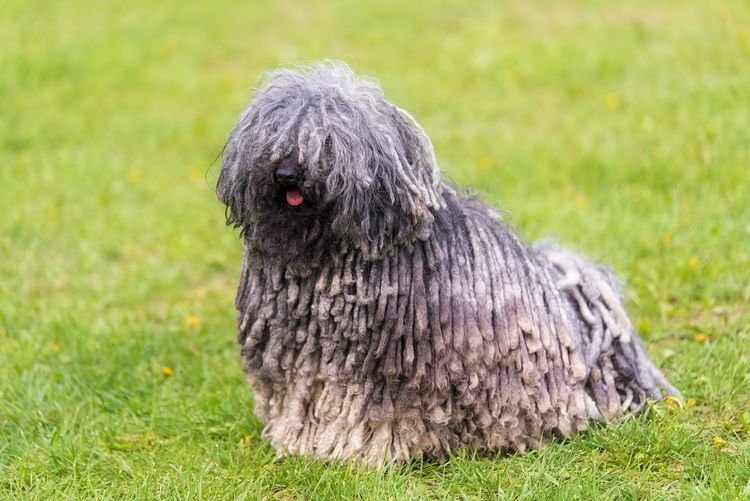
The Puli is an old Hungarian dog breed known for its working ability and intelligence. Originally, the Puli was used for herding sheep, and its agility and sharp mind made it a valuable companion for Hungarian shepherds.
The most distinctive feature of the Puli is undoubtedly its coat. It consists of dense, wavy, and curly hair that naturally tangles into long, rope-like strands or cords as it grows. These cords are often the result of the top coat and undercoat mixing, causing the hair to mat and form long, rope-like strands.
Culturally, there are a few reasons why the Puli's coat becomes matted:
Protection: the thick strands provide protection from extreme weather conditions, especially in the colder regions of Hungary. The thick coat insulates the dog from both cold and heat and protects it from the sun's sharp rays.
Camouflage and protection from predators: The puli's cord-like coat helped it camouflage itself among the sheep it herded. This made it harder for predators to spot him. In addition, the thick strands also provided some protection from bites and scratches.
Low maintenance: while at first glance it may seem like such a coat would require intensive grooming, matting actually helps reduce the amount of grooming required. Without regular brushing and combing, the puli's hair would simply continue to grow and mat.
However, one disadvantage of a dense, matted coat is that when it gets wet, it takes a long time to dry. This can cause an unpleasant odor to develop, especially if the dog gets wet frequently and is not dried properly. The damp environment can also promote the growth of bacteria or fungus, which can lead to skin problems. Therefore, it is important to dry a Puli thoroughly when it gets wet and check regularly for skin problems.
3. Mountain masco Shepherd dog
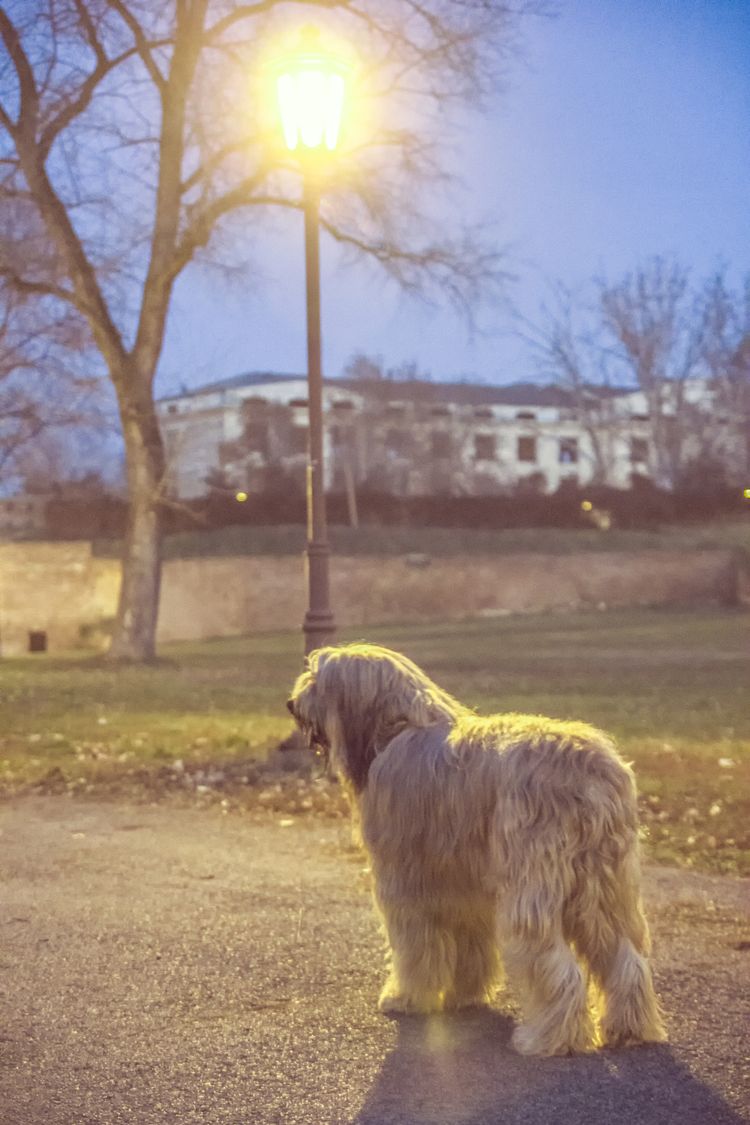
The Bergamasco Sheepdog is a fascinating breed of dog that originated in the Italian Alps. This robust and hardy dog was traditionally used for guarding and herding flocks of sheep in the harsh mountainous regions.
The most remarkable feature of the Bergamasco is undoubtedly its unique coat. It differs from the fur structures of the puli or Komondor in the way it grows and looks:
- Three-layer coat: the coat of the Bergamasco Sheepdog has three layers. The top layer, called the "top coat," is coarse and rough. The middle layer, called the "goat coat," is finer and wool-like. The bottom layer is the soft and dense undercoat. These three layers intermingle and form "fur plates" or "strands" over time.
- Protection: The strands of the Bergamasco are a natural protection against the harsh climate of the Alps. They protect against cold, wetness and even UV radiation in the high mountains.
- Grooming: although the coat of the Bergamasco Sheepdog looks low-maintenance, it requires regular control. It is important to make sure that the strands do not become too thick and that the skin underneath can breathe. That being said, the coat does not need to be brushed or trimmed frequently.
- Camouflage and Defense: Similar to other herding dogs, the Bergamasco's thick, stringy coat helped it camouflage itself among sheep and served as protection against predators.
One aspect to consider when caring for the Bergamasco Sheepdog is that its thick, stringy coat, when wet, also takes longer to dry. This, as with the other breeds mentioned, can lead to an unpleasant odor if the dog is not dried properly. So it is important to dry the Bergamasco thoroughly after bathing or after a downpour, and to check regularly for skin problems.
